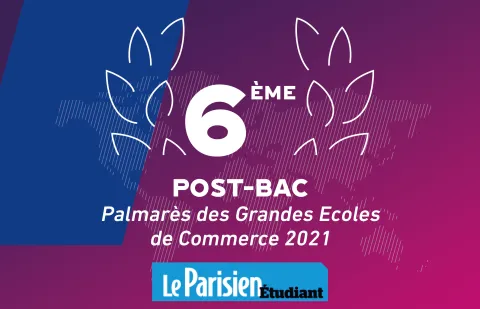
Why do we continue to use digital social networks? The gift loop that feeds mediated social ties
The post-adoption of an information system (IS) is an important subject. Indeed, the success of an IS in general, and of a digital social network in particular, depends not only on the intention to adopt this type of tool, but also on the willingness to continue using it. Over the last few decades, companies have been investing more and more in information systems and other communication tools, investments which sometimes prove to be unsuccessful. One of the reasons for this is the belief that implementation is the only important phase in the integration of an information system, whereas various research studies have demonstrated the importance of the post-adoption phase.
Our research falls within the scope of this field of research, which is the post-adoption of information systems and, more specifically, the continuity of use of digital social networks. In our article, we focus on the continuity of use of the Facebook social network.
To do this, we use mixed data and research techniques, with a Glaserian grounded theory approach. We define and model, with the help of our qualitative data, the components of the giving triptych within social networks; these components explain the durability of mediated social ties. We then add a slice of quantitative data to shed light on the relationship between the giving loop and continuity of Facebook use. Indeed, analysis of our data has enabled us to highlight the existence of a gift loop within digital social networks, a loop that not only ensures the durability of the mediated social link (virtual, real or a mixture of the two), but also guarantees the continuity of use of the social network.
We also found that giving and receiving in the context of digital social networks manifested themselves through two components: information and attention. Measurement scales from the literature enabled us to construct our own measurement scales, and to conceptualize and measure the variables: giving information, giving attention, receiving information, receiving attention, and reciprocal giving (giving support). These new variables enabled us to demonstrate that this giving loop strengthened the mediated social bond, which once reinforced led individuals to make continued use of the Facebook social network. This result enabled us to enrich the existing literature on models of post-adoption and continuity of use of a technology or information system by proposing a new perspective.
As advocated by organizational sociologist Norbert Alter, giving is present in our daily lives, but also within organizations. We give our time, our energy, our help, etc. to someone important to us, in order to maintain or strengthen a social bond. Of course, this only applies when the donation is free and not bound by a contractual or hierarchical relationship. Of course, the triptych of giving developed by Mauss only partially explains the phenomenon we are investigating, which is the continuity of use of digital social networks. Other variables could come into play, particularly in the corporate world, such as the dynamics of power and hierarchy. Future research will identify these variables and verify whether this gift dynamic continues to be relevant in an organizational context to explain the continuity of use of corporate social networks.

